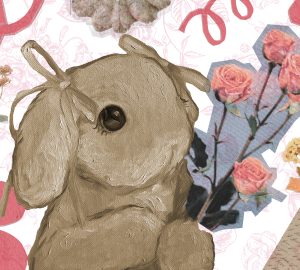Italian Vogue proves fashion magazines can be sustainable
Fashion magazines are looking to reinvent themselves when trying to join the sustainability movement

You’ve probably heard of it; Italian Vogue launched its January issue without photography, but filled with illustrations. This was a good start for Vogue’s 2020 because they are putting in practice their goals of moving towards sustainability.
In this issue, transportation, traveling, shipping and pollution were omitted. The magazine used artists, well-known art icons and emerging ones, to prove that clothes can be showcased through illustrations.
In a recent Instagram post by the magazine, Italian Vogue stated, “This is a first, Vogue Italia has never had an illustrated cover: and as far as I know no issue of Vogue in which photography is not the primary visual medium has ever been printed. Thanks to this idea, and to these artists’ process, the money saved in the production of this issue will go towards financing a project that really deserves it: the restoration of Fondazione Querini Stampalia in Venice, severely damaged by the recent floods.”
Vogue Italia highlighted that the efforts of producing and publishing a fashion magazine harm the planet with the materials and processes used.
The magazine shared that, for its September issue, it took the work of 150 people with 20 flights and numerous train rides back and forth. Adding with this the electricity, plastic and food consumption that was created for the production of eight photography articles of that month.
SCAD graduate Teryka Jones, B.F.A. fashion marketing and management, 2019 said, “Fashion magazines going sustainable would not only help the environment, but it would also encourage these magazine companies to be more creative in their approach to producing content for the publication! This might even get consumers more interested in wanting to invest more in magazines because more thought and creative effort would have gone into producing them, aside from the typical ads, editorial shoots and feature articles!”
This sets the bar high for every other fashion magazine that has looked for ways that make a magazine sustainably produced. If discarding photography for illustration was possible, what else could be replaced?






















